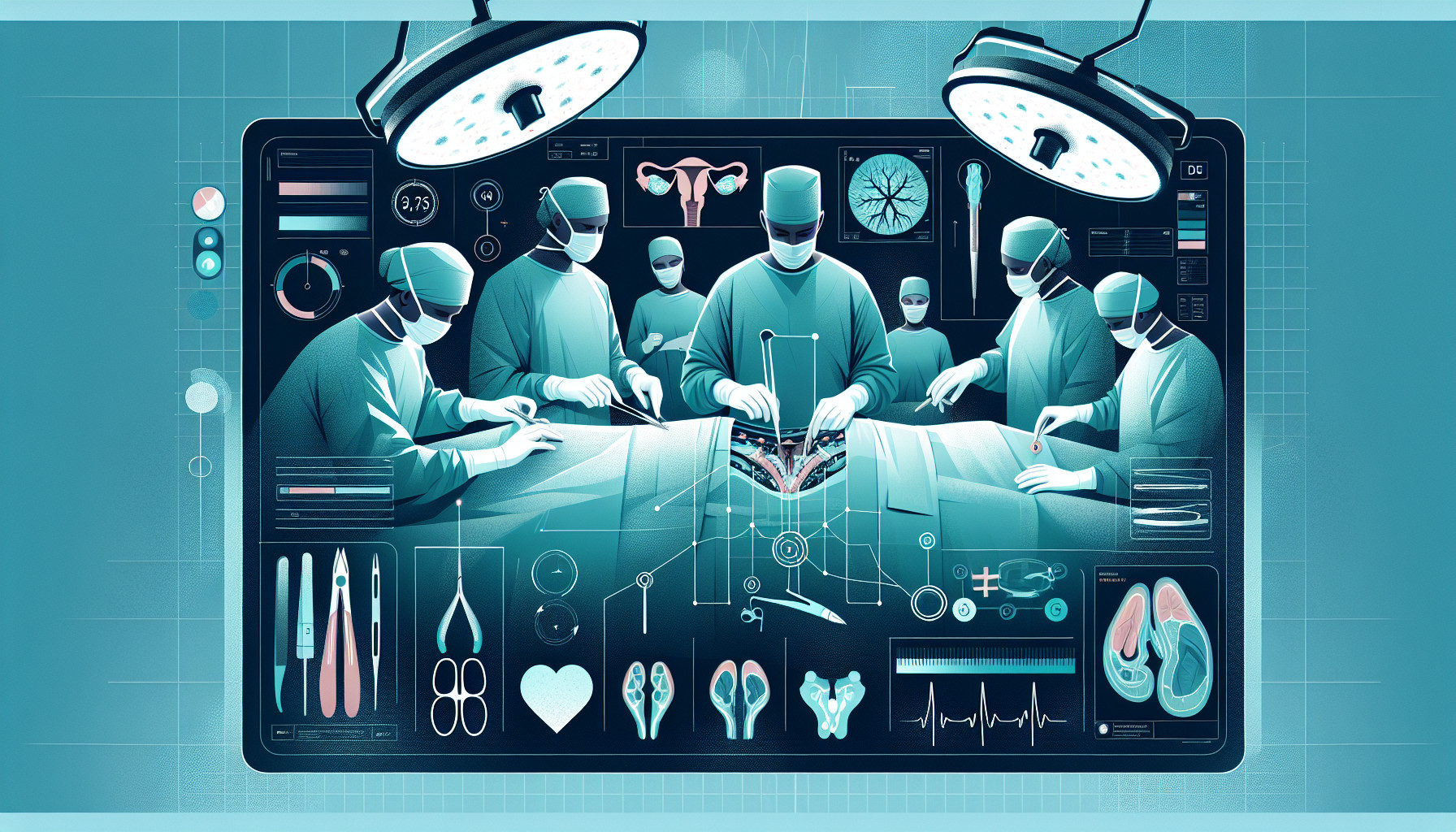Our Summary
This article reviews the latest research on testicular germ cell tumors in children and adolescents. These are rare types of cancer that typically require treatment by pediatric surgeons and urologists. The researchers provide an overview of the best ways to diagnose and treat these tumors, as well as how to determine their severity. They also highlight the results of recent clinical trials and discuss the best surgical practices. The authors emphasize the importance of international collaboration and data sharing for improving our understanding of these rare cancers and improving patient outcomes. This review covers both high-level research studies and expert opinions from the American Pediatric Surgical Association Cancer Committee.
FAQs
- What are testicular germ cell tumors in children and adolescents and how common are they?
- What are the best methods to diagnose and treat testicular germ cell tumors in children?
- Why is international collaboration and data sharing important in improving our understanding and treatment of these rare cancers?
Doctor’s Tip
One tip a doctor might give a patient undergoing testicular surgery is to follow all pre-operative instructions carefully, such as fasting before the procedure and stopping certain medications as advised. It is important to communicate any concerns or questions with your healthcare team and to follow post-operative care instructions closely to ensure a smooth recovery. Additionally, it is important to attend all follow-up appointments to monitor healing and address any potential complications promptly.
Suitable For
Patients who are typically recommended testicular surgery include:
Patients with testicular germ cell tumors: These are rare types of cancer that primarily affect children and adolescents. Surgery is often necessary to remove the tumor and prevent it from spreading.
Patients with testicular torsion: This is a medical emergency where the spermatic cord becomes twisted, cutting off blood flow to the testicle. Surgery is typically required to untwist the cord and restore blood flow to the testicle.
Patients with testicular trauma: In cases of severe testicular injury, surgery may be necessary to repair the damage and prevent long-term complications.
Patients with testicular masses or cysts: Surgery may be recommended to remove abnormal growths or cysts in the testicle that are causing pain or discomfort.
Patients with infertility issues: In some cases, surgery may be recommended to treat conditions such as varicoceles (enlarged veins in the scrotum) that are affecting fertility.
Overall, the decision to recommend testicular surgery will depend on the specific condition and needs of the patient, as well as the recommendations of their healthcare provider.
Timeline
Before testicular surgery:
Initial consultation: The patient will meet with their healthcare provider to discuss their symptoms, medical history, and potential treatment options. A physical examination and imaging tests may be performed to evaluate the testicular tumor.
Pre-operative preparation: The patient may be required to undergo blood tests, imaging studies (such as ultrasound or CT scan), and other pre-operative evaluations to ensure they are healthy enough for surgery.
Surgical consultation: The patient will meet with a surgeon to discuss the surgical procedure, potential risks and benefits, and what to expect during the recovery process.
Surgery: The patient will undergo testicular surgery to remove the tumor. The type of surgery will depend on the size and location of the tumor, as well as the patient’s overall health.
After testicular surgery:
Recovery: The patient will need to rest and follow their surgeon’s instructions for post-operative care. Pain medication may be prescribed to help manage discomfort.
Follow-up appointments: The patient will have regular follow-up appointments with their healthcare provider to monitor their recovery and check for any signs of recurrence.
Pathology results: The removed tumor will be sent for pathology analysis to determine the type and stage of cancer. This information will help guide further treatment decisions.
Treatment plan: Depending on the pathology results, the patient may require additional treatment such as chemotherapy or radiation therapy to target any remaining cancer cells.
Long-term follow-up: The patient will continue to have regular follow-up appointments and imaging studies to monitor for any signs of cancer recurrence and ensure their long-term health and well-being.
What to Ask Your Doctor
- What are the potential risks and complications associated with testicular surgery?
- What is the success rate of the surgery in treating testicular germ cell tumors?
- How long is the recovery time after testicular surgery?
- Will I need any follow-up treatments or surveillance after the surgery?
- Are there any alternative treatment options to surgery for testicular germ cell tumors?
- How experienced is the surgical team in performing testicular surgery?
- What is the likelihood of preserving fertility after testicular surgery?
- How will the surgery impact my quality of life and daily activities?
- What should I expect during the post-operative period in terms of pain management and wound care?
- Are there any lifestyle changes or precautions I should take after testicular surgery to prevent complications?
Reference
Authors: Aldrink JH, Glick RD, Baertschiger RM, Kulaylat AN, Lautz TB, Christison-Lagay E, Grant CN, Tracy E, Dasgupta R, Brown EG, Mattei P, Rothstein DH, Rodeberg DA, Ehrlich PF. Journal: J Pediatr Surg. 2022 Apr;57(4):690-699. doi: 10.1016/j.jpedsurg.2021.04.001. Epub 2021 Apr 15. PMID: 33975708
